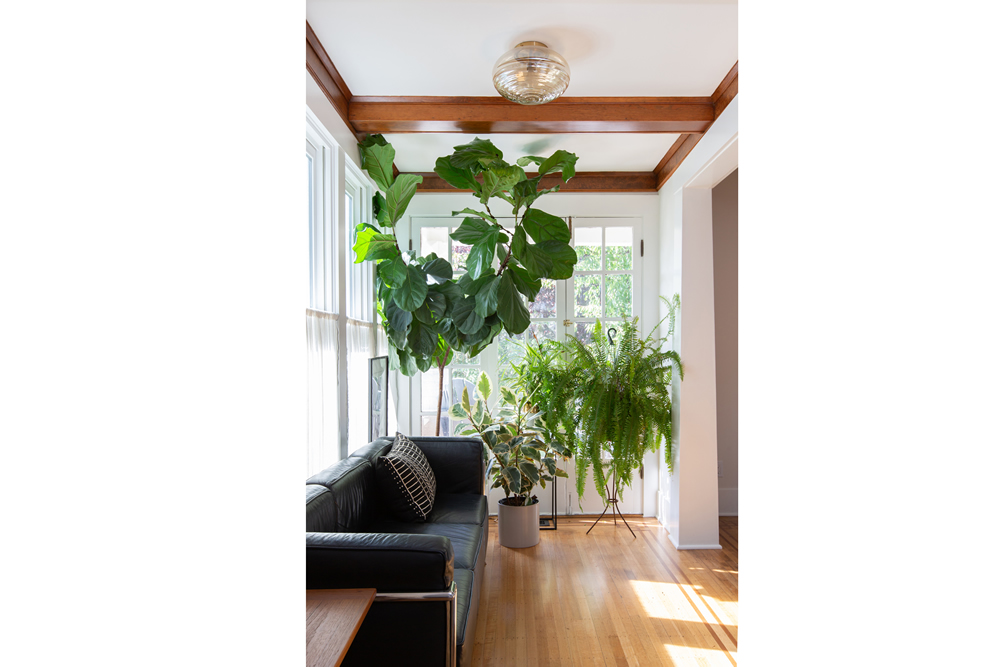Tips for Avoiding Unnecessary Stress During Construction
You’ve received approved permits for your project - yay! Although it may have been quite an arduous process to get to this point, the hardest part often lies ahead in construction. Anyone who’s experienced a remodel or built a new home will tell you how stressful it can be. One thing that might help is being prepared, having realistic expectations, and communicating clearly with your builder. In this article, we’ll review some ways you can set yourself up to avoid unnecessary issues throughout the construction phase. Be Prepared Many builders prefer to have all design selections made prior to bidding the project or at least starting construction. There are a few reasons why this is important - knowing what fixtures and finishes you have decided on enables them to provide a more realistic budget, order materials on time, and prepare or rough-in the spaces according to product requirements. You might find it hard to make a final decision on key design features like light fixtures and tile, but waiting until the last minute to order items can cause significant delays and backtracking. One sure way to avoid shipping delays is to select fixtures and finishes that are stocked locally. If the item you want is special order or shipping from afar, it’s crucial that the builder is aware so that they place the order in time. Trades will come in to rough-in for plumbing, electrical, and HVAC, so having those fixtures selected well ahead of time ensures that they will set everything up accordingly. For example, if you have specified a wall mount faucet in the powder bath, the plumber will need to know how high you’d like it mounted and the distance between the valves on the fixture itself. This is also where interior elevations play a crucial role. The interior elevations will represent where fixtures should be installed and how they interact with each other in the space. The cabinet layout will also be shown in these drawings; they will be shared with the cabinet manufacturer who will then draw up their own shop drawings. Make sure that you’ve thoroughly reviewed and approved all of the drawings before construction begins, working with us to revise as needed. Set Expectations & Communicate Clearly Executing designs in real life is no easy task, even for professionals. Often times, builders struggle most with managing the homeowner’s expectations. In your initial meeting with your builder, make sure to tell them the method of communication you prefer, what you expect in terms of updates (daily, weekly, as needed, etc.), and any other considerations you’d like them to make while construction is occurring. If you don’t communicate your needs, builders (similar to designers) will make assumptions as to what your expectations are based on their experiences with previous clients. Reviewing this at the start of the project will help get everyone on the same page and open up communication lines early on. There will, no doubt, be some surprises along the way. Many of the hurdles that arise through construction are not at the fault of the builder, so approaching those issues from a place of understanding will help avoid unnecessary tensions. If your builder did make a mistake, communicating how you expect them to remediate the situation in a calm manner will help you move forward gracefully. You will be dealing with your builder for at least a couple of months, and it can make a huge difference if all parties agree to put an extra effort in to help the construction process go smoothly. Contact us if you’re interested in working with us and would like more information about how we help navigate the construction (and pre-construction) process with you and your builder.
Tips for a home office
The necessity of a home office is growing with many people working from home as a result of the development of virtual conferencing, telecommunications technologies, and more recently Covid-19. It is important to have an efficient space that helps maintain focus and concentration. The need for good lighting and appropriate furniture is also key for success. A guest room, an attic space, a nook under the stairs, or another empty corner in the house can become a nice space to set up your home office. An area close to a window can provide natural light during the day to help keep you motivated. If a window location is not possible, a good table or desk lamp will also be a good alternative. Choose a quiet location or a space where distractions will be kept to a minimum. If you are frequently on calls or video conferencing, a quiet space will be important not only you, but also others in the home that you might bother during the calls. In addition to the location in the home, it is important to focus on surroundings and furniture to create an adequate work space. Among the innovative options for office furniture, the addition of a stand up desk is interesting because it encourages ergonomic best practices by allowing you to both stand and sit during the work day. A comfortable chair that provides adequate support is also important for you to maintain proper posture while sitting at a computer. In combination, choosing the right chair with an adjustable desk can consistently provide comfort throughout the day by allowing you to change position while keeping a computer and the desktop at an adequate level. Small details like boards and planners on the wall are a good idea to track work progress and schedules. If your table is small and does not have a drawer you can try to use shelves to organize papers and books. Lastly, a cup of coffee or tea is always welcome. For these and other design ideas you can follow us on Pinterest: https://www.pinterest.com/h2darchitects/ Written by: Maria Ribeiro, Architectural Designer at H2D Architecture + Design


